04 Nov All You Need To Know About Dragon Well Green Tea
Among our Shades of Green tea subscription box, you can discover a harmony of sweet, mellow, and grassy aromas and a visually beautiful shape better known as Dragon Well tea.
What is Dragon Well?
Long Jing, which translates as Dragon Well, comes from West Lake, Zhejiang Province, China. It is predominantly produced in the mountainous region around West Lake. It is also China’s most famous and exquisite green tea.
Dragon Well is at the top of the list of famous tea with top grades from renowned farms fetching high prices among the Chinese elite.
During the Qing dynasty, Dragon Well was included in the list of the Imperial Tribute teas, which turned into “China’s Famous Teas” after the fall of Chinese monarchy in 1911.
The tea’s fame increased even further with Mao Zedong, who loved it so much that he shared some with Nixon in 1972.
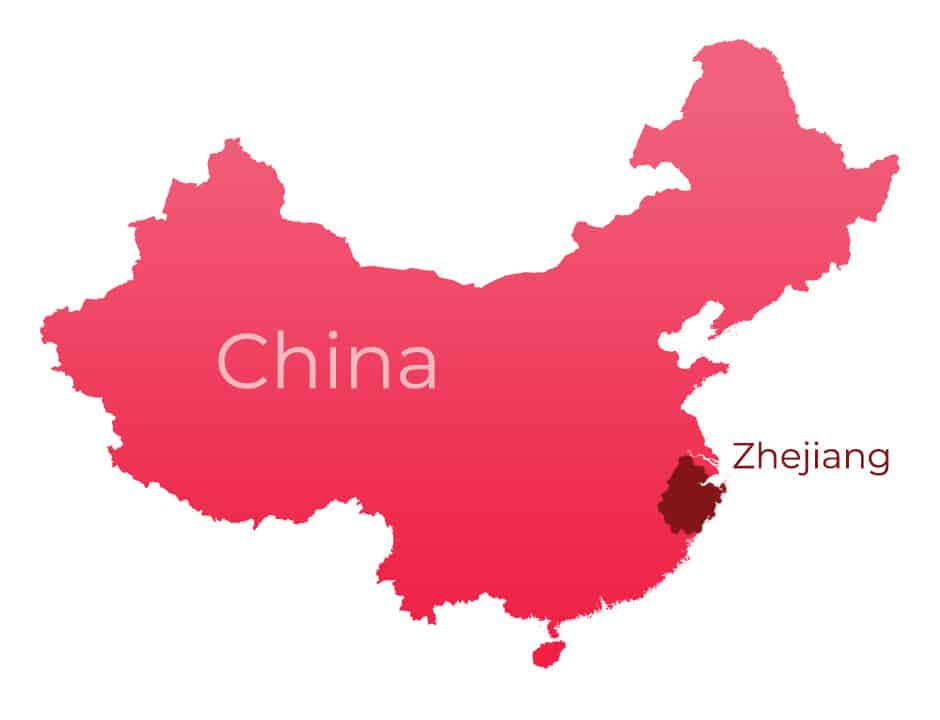
Flavour Profile
The traditional Long Jing cultivar is called Long Jing Jiu Keng Group cultivar. A genetic selection has been made on Jiu Keng Group cultivar which created Long Jing #43. This cultivar is easier to spread, has prettier leaves and buds than the traditional cultivar as well as a stronger tolerance to cold weather.
The leaf’s shape is smooth, flat and spearlike with bright green colour, which makes a tea that has a mellow and sweet flavour.
Origin
Dragon Well got popular in the early 1700s. The West Lake area was famous for its green teas since the Song Dynasty, when the region was mentioned by the writer Lu Yu in “The Classic of Tea”. Hangzhou and West Lake are known for their mild temperate and rainy climate, which creates the perfect environment to emphasise the flavours.
Why the name “Dragon Well”?
The story is about a village in China which experienced a harsh drought. The inhabitants have prayed to a kind dragon that was living close by a well. When rain fell from the sky, the village changed its name into Long Jing or “dragon well” as a tribute to the dragon.
Another story relates that the name comes from the mineral-rich water that mixes with lighter rainwater, and during storms, it creates shapes looking like mythical dragons.
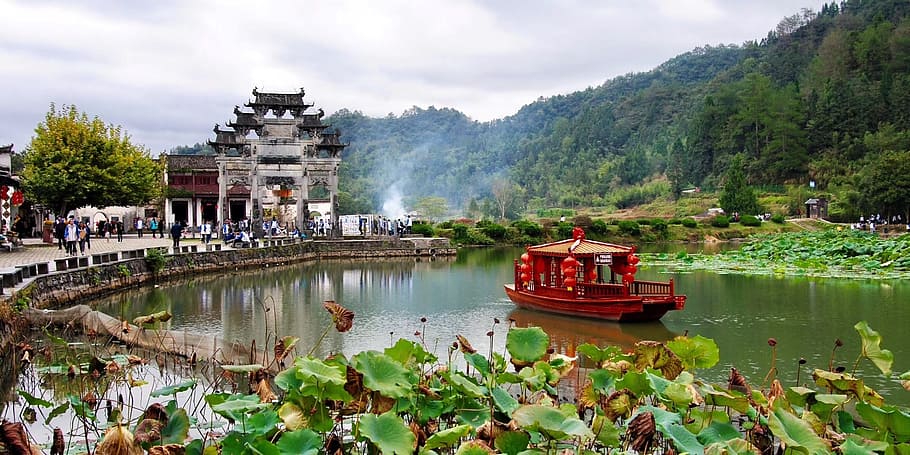
Legends
One of the legend being told is the story of the Qianlong Emperor who, when he visited Shifeng Shan (“Lion Peak Mountain”) close to West Lake and fell in love with the local tea. The story continues telling how he returned to his sick mother, Empress Dowager, with a bunch of fresh leaves which were so perfumed she made them brewed straight away. Eighteen tea bushes were awarded imperial status and are located in front of a temple on Lion Peak Mountain and are reserved for imperial use.
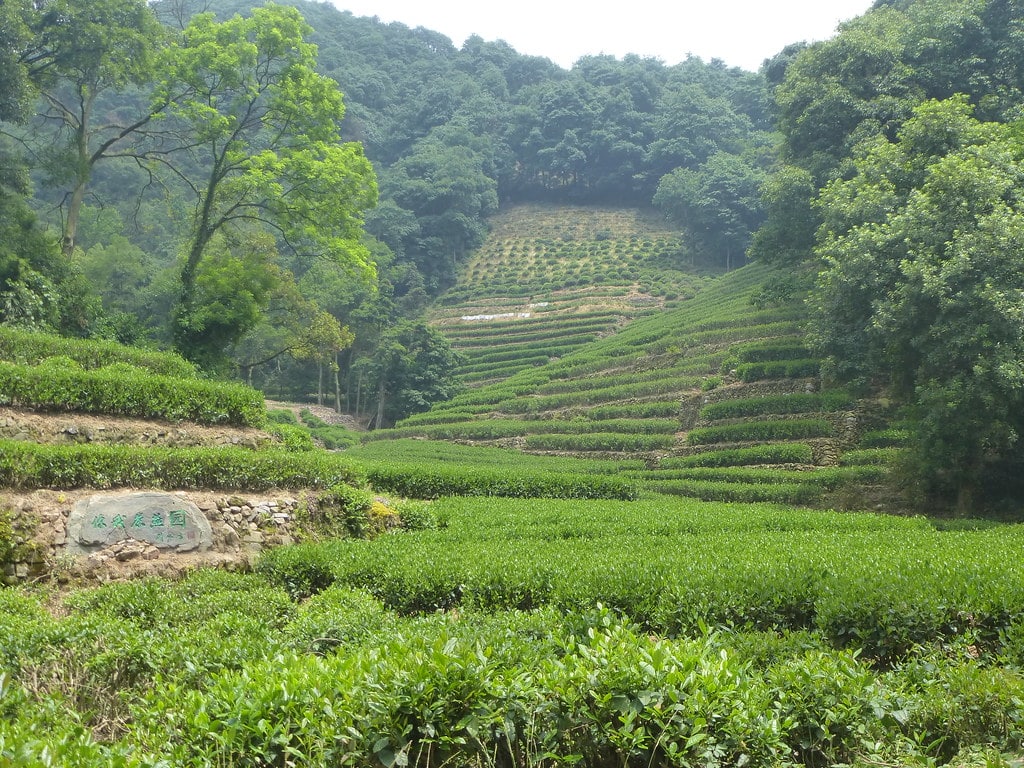
Processing of Dragon Well
The processing of Longjing has evolved with time but has been kept for the highest-quality teas which are still processed by hands.
1. Picking – Dragon Well leaves are picked in the early spring. It is before the Qingming festival on the 5th of April that the highest-quality varieties are picked and only the young buds are used.
2. Roasting – After the picking step the leaves are roasted to stop the oxidation process. This used to be done in iron woks by hand.
3. Folding – The leaves are being folded by hand into the shape looking like flattened sticks resulting in a great aroma since the structure of the leaves is broken.
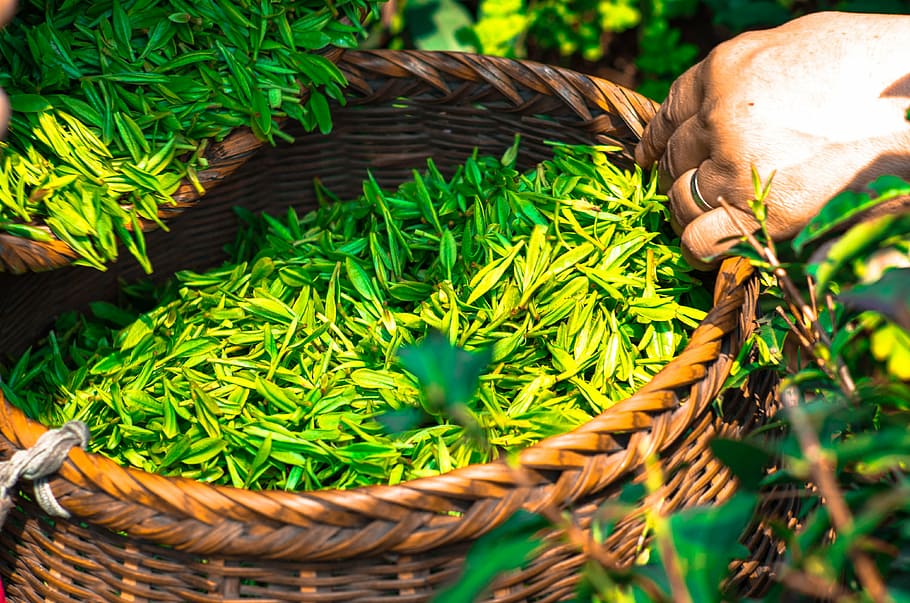
Brewing tips
Here are some brewing tips to help you get the most enjoyment out of your Dragon Well.
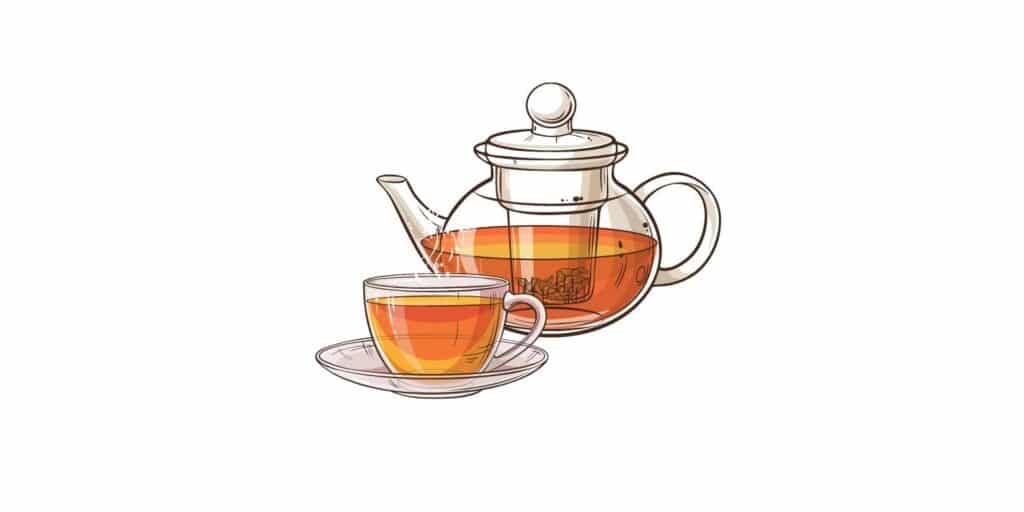
The “Western style”
Steep 3 grams ( 1 tbsp) per 350ml (teapro infuser glass) water at 80°C.
Infuse for 2-3 minutes for the first infusion and around 3-6 minutes for a second and a third times.
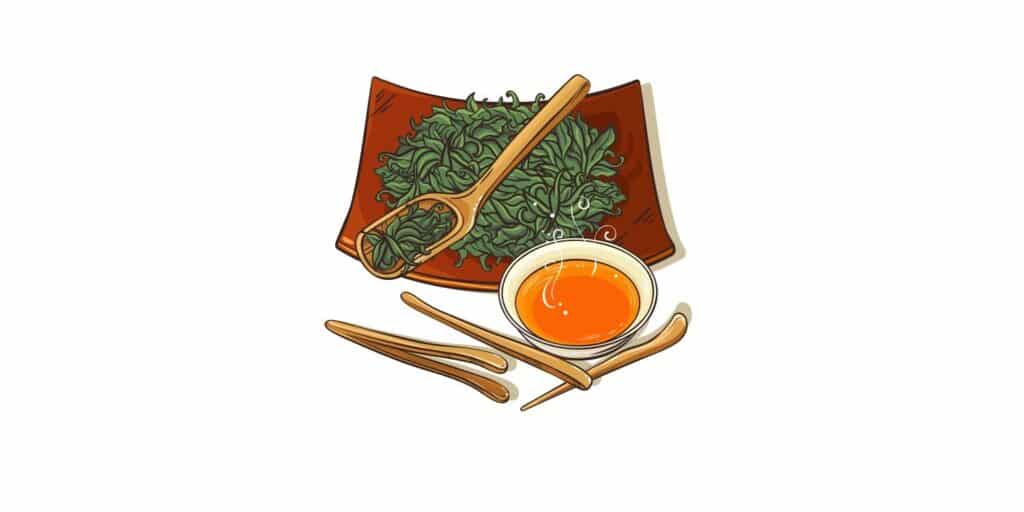
The “Asian style” or “Gong-fu”
Steep 6 grams (2 tbsp) in 150ml water (medium sized Gaiwan) at 80°C for approximately 20-30 seconds.
Infuse 6-8 times and add 5-10 seconds for each consecutive re-steep.
Want to learn more about loose leaf tea? Why not check out our free 5 day email course? Click below to sign up.
We hope you found this post interesting!
Have you ever tried Dragon Well before? What were your first impressions?
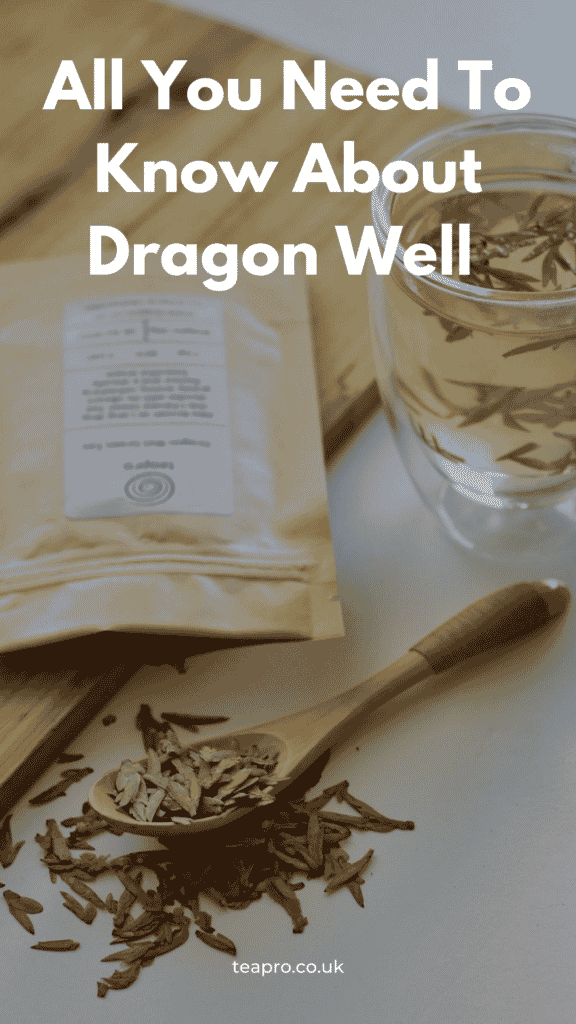

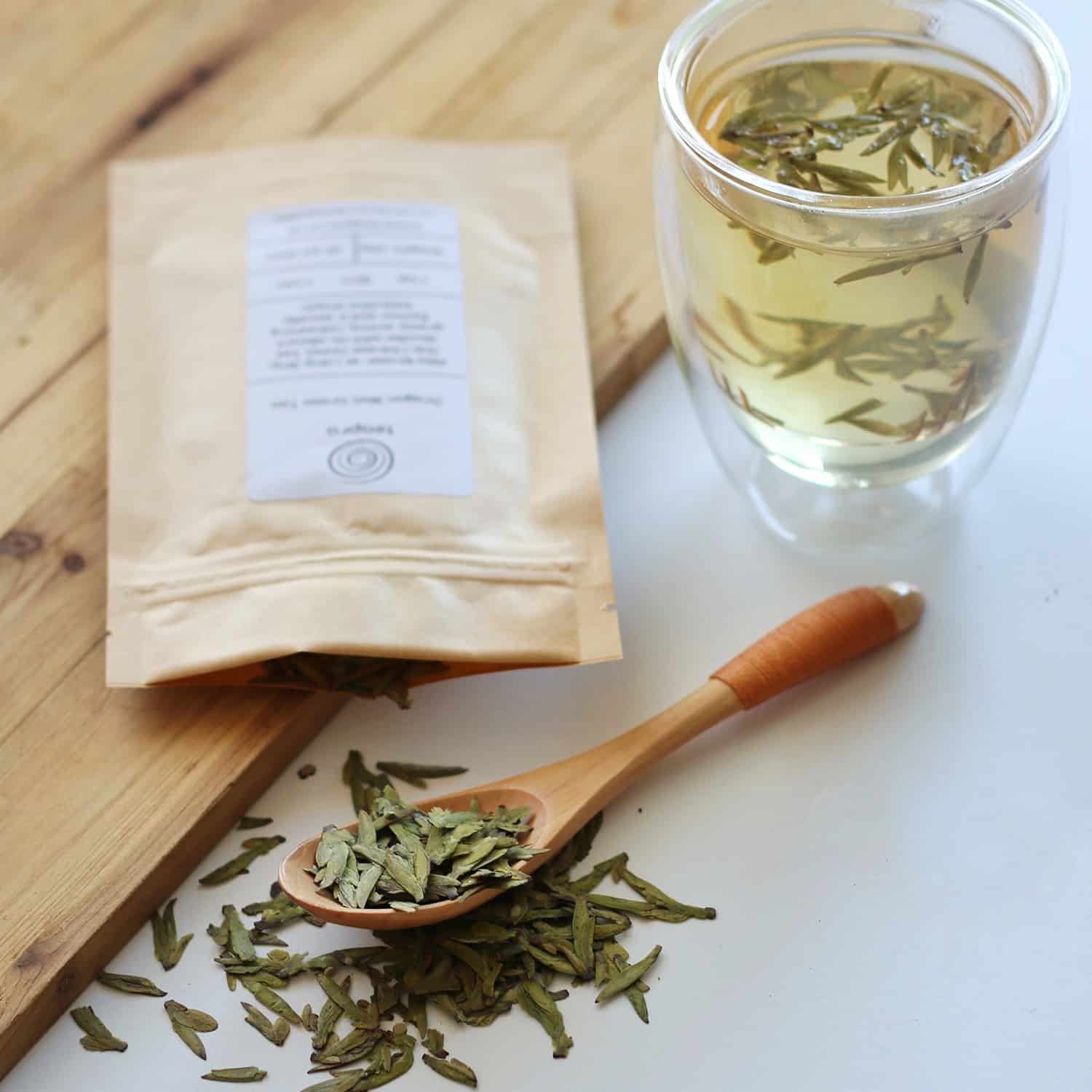

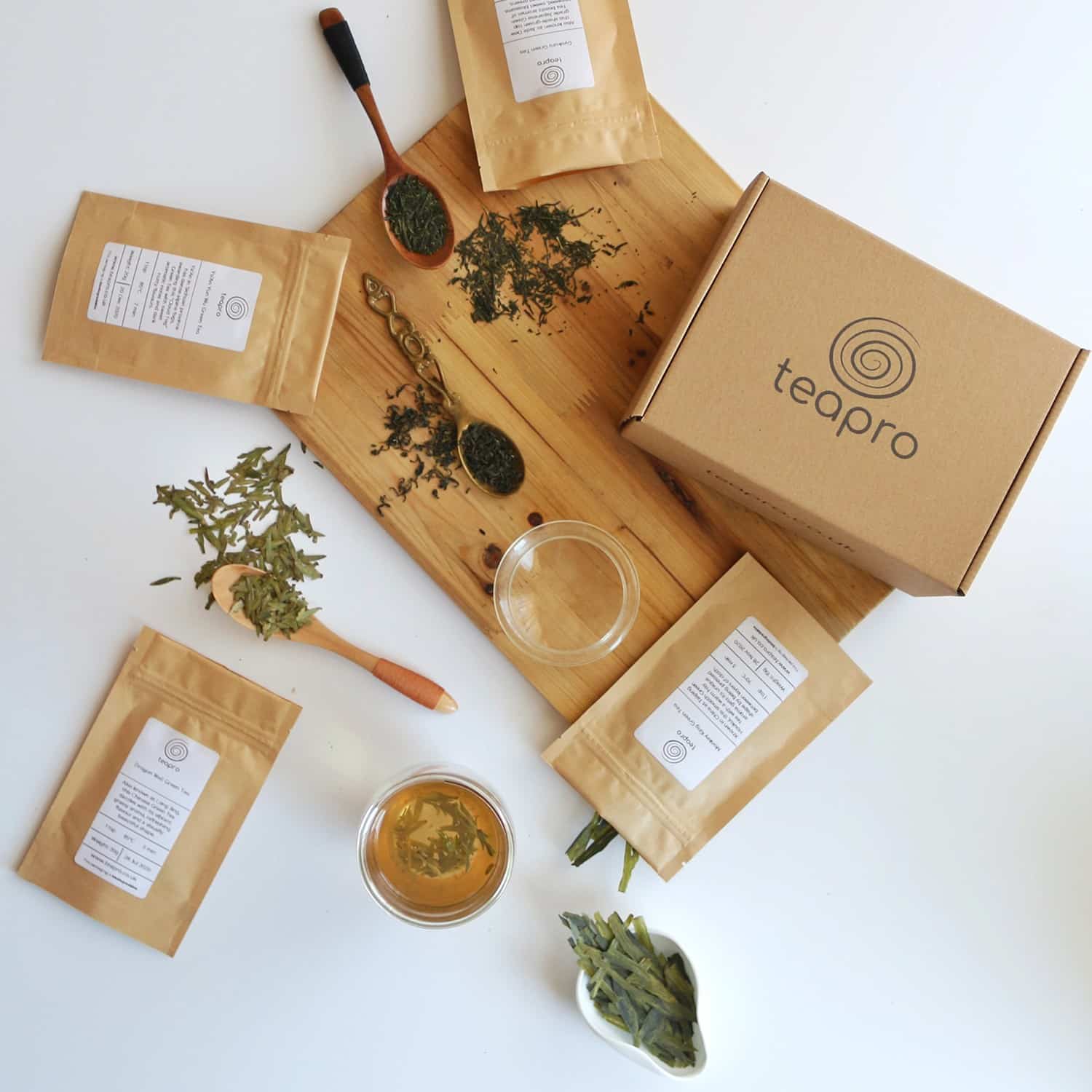

No Comments